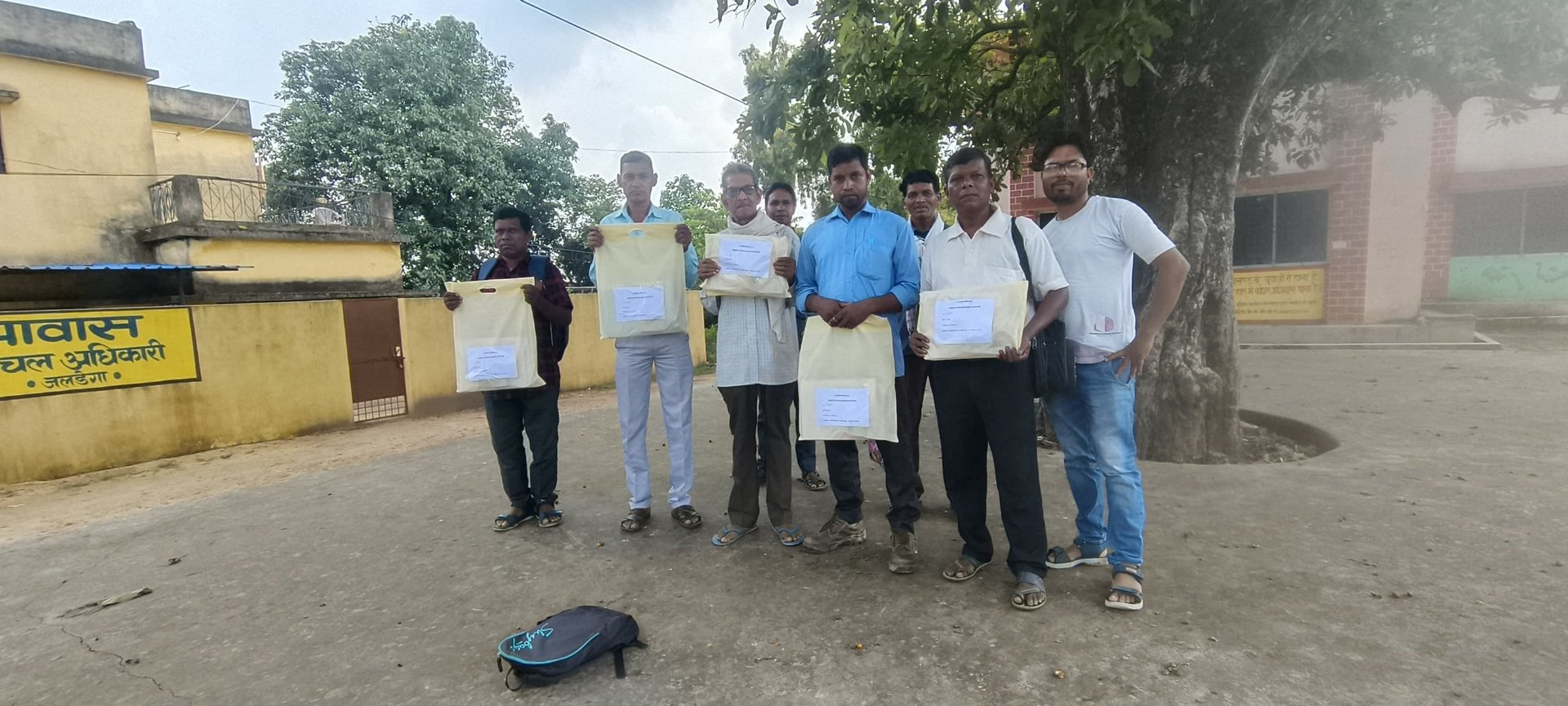
12.12.24
Innovating Last-Mile Delivery of Community Forest Resource Rights Claim-Filing Kits in Jharkhand


The Initiative on the Forest Economy (IoFE) piloted new models to deliver Community Forest Resource Rights (CFRR) claim-filing kits directly to Forest Rights Committees (FRCs) in Jharkhand. This effort formed part of the Abua Bir Abua Dishom (ABAD) Abhiyan—meaning ‘Our Forest, Our Country’. The pilot tested four distinct delivery methods across 273 villages in eight blocks of Jharkhand.
Testing New Delivery Models
Many past efforts saw kits intended for FRCs stranded at the district or block levels, never reaching those who needed them. Rather than relying on centralised government distribution, IoFE explored alternative delivery methods to ensure kits reached forest-dependent communities and were put to effective use. These delivery methods can be categorised as follows:
Bir Bandhu-led delivery: Trained community resource persons (CRPs) are utilised to distribute kits at the panchayat level.
Volunteer-led delivery: Local youth and students are engaged as delivery agents and offered financial incentives to improve accountability.
Vehicle-based delivery: Planned routes are used to distribute kits in bulk, ensuring direct-to-village access.
Helpdesk-based delivery: Collection points are set up at weekly markets where FRC members can receive kits and get hands-on assistance.
Each method aimed to address specific challenges, from a lack of accountability in past delivery efforts to delays caused by bureaucratic hurdles. The testing phase provided valuable insights into what worked best for last-mile delivery.
The Bir Bandhu-led delivery method leveraged an existing trained workforce but was limited by competing responsibilities and a lack of incentives. In many cases, kits remained undelivered or were left at panchayat offices instead of reaching FRCs directly.
Local paid volunteers were more flexible and efficient, but required strong monitoring. Without structured oversight, delivery quality varied.
Vehicle-based delivery proved to be the most efficient, covering multiple villages in a single day. Announcements made in local languages helped ensure that communities were informed in advance. However, access to remote villages remained a challenge in certain areas.
Helpdesk-based delivery provided critical post-delivery support, guiding FRCs on claim filing and resolving issues related to JharFRA (a dedicated mobile application for filing CFRR claims). However, attendance at collection points was inconsistent.
The results indicated that a hybrid approach—combining vehicle-based bulk delivery with helpdesk-based support—offers the most effective solution.
Beyond Distribution: Ensuring Kits Are Used Effectively
Findings from the Pilot
While delivering kits addressed initial access issues, ongoing support is essential to empower FRCs to navigate the claim-filing process independently. Key components of this support include:
a dedicated helpline to provide real-time assistance with documentation, registration, and claim submission;
helpdesks at block offices and markets to offer one-on-one support to FRC members;
video tutorials to explain each stage of the claim process in simple, easy-to-follow steps; and
regular follow-ups through WhatsApp and phone calls to ensure continued engagement and troubleshoot emerging challenges.
The success of the pilot has shaped a clear strategy for scaling this initiative across Jharkhand:
Vehicle-based delivery will serve as the primary method for bulk distribution, ensuring kits reach FRCs efficiently.
Helpdesk-based support will provide last-mile assistance, helping FRCs complete the claim-filing process.
Post-delivery helplines and follow-ups will provide ongoing support, ensuring communities are not left without guidance.
This approach balances speed with accessibility, enabling Jharkhand's forest-dependent communities to claim their rights with the support they need.
This effort goes beyond kit distribution—it provides FRCs with the resources and knowledge needed to navigate the legal process of securing their tenure rights. By refining delivery methods and integrating post-distribution support, we have developed a scalable and adaptable system suited for diverse contexts.
